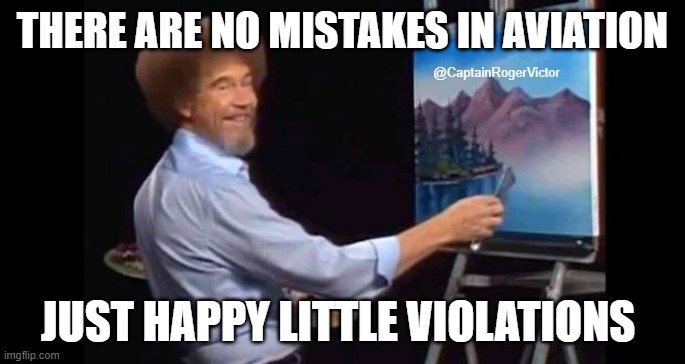X3 Skier
En-Route
Since the FAA is the subject of lots of whining and gnashing of teeth in this space, I am glad to report a great success story.
Somehow I had missed the reregistration deadline after paying the fee. The FAA sent me a letter effectively grounding the airplane but told me how the get it ungrounded by a simple phone call and a letter to Oke City.
Basically they gave me a number to call AND TO DO IT WHEN THEY FIRST OPEN. I did and got simple instructions how to get an expedited temporary certificate within a max of two weeks. After mailing the request, an emailed temporary certificate arrived four days later and the plane was good to go. And a week later, the actual permanent certificate arrived via USPS.
So except for four days, the alleged months and months to get reregistered completely vanished.
Thank you FAA!
Somehow I had missed the reregistration deadline after paying the fee. The FAA sent me a letter effectively grounding the airplane but told me how the get it ungrounded by a simple phone call and a letter to Oke City.
Basically they gave me a number to call AND TO DO IT WHEN THEY FIRST OPEN. I did and got simple instructions how to get an expedited temporary certificate within a max of two weeks. After mailing the request, an emailed temporary certificate arrived four days later and the plane was good to go. And a week later, the actual permanent certificate arrived via USPS.
So except for four days, the alleged months and months to get reregistered completely vanished.
Thank you FAA!

